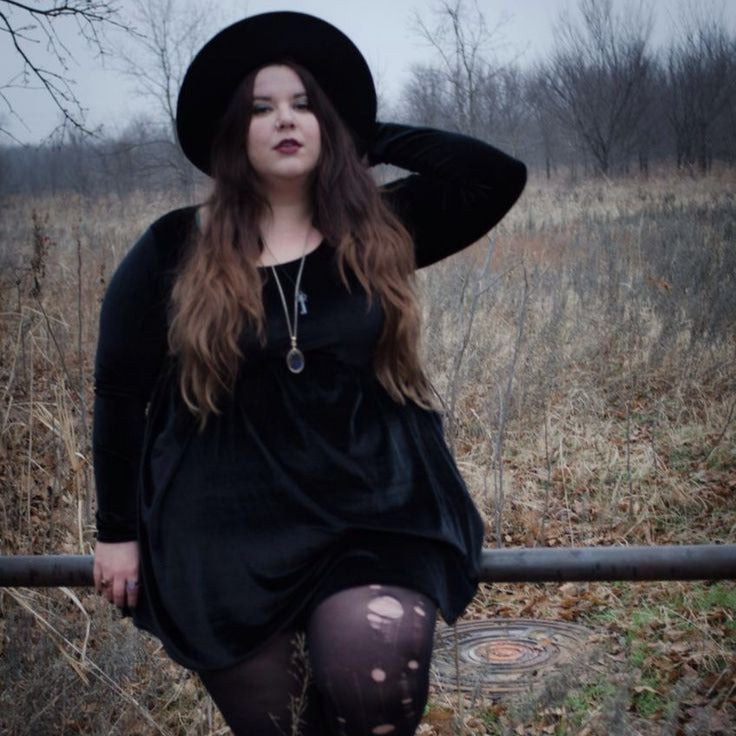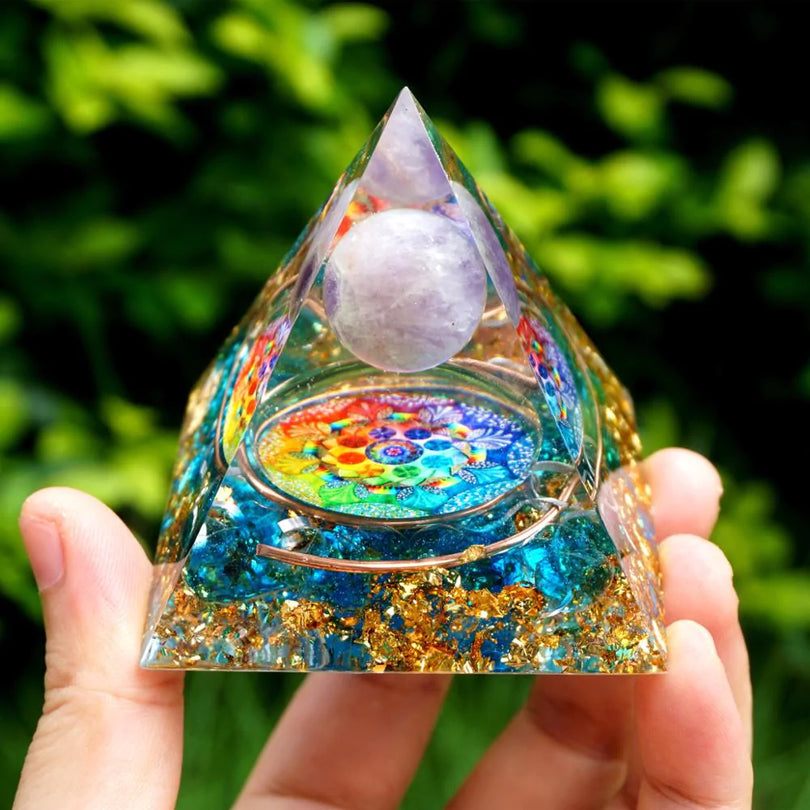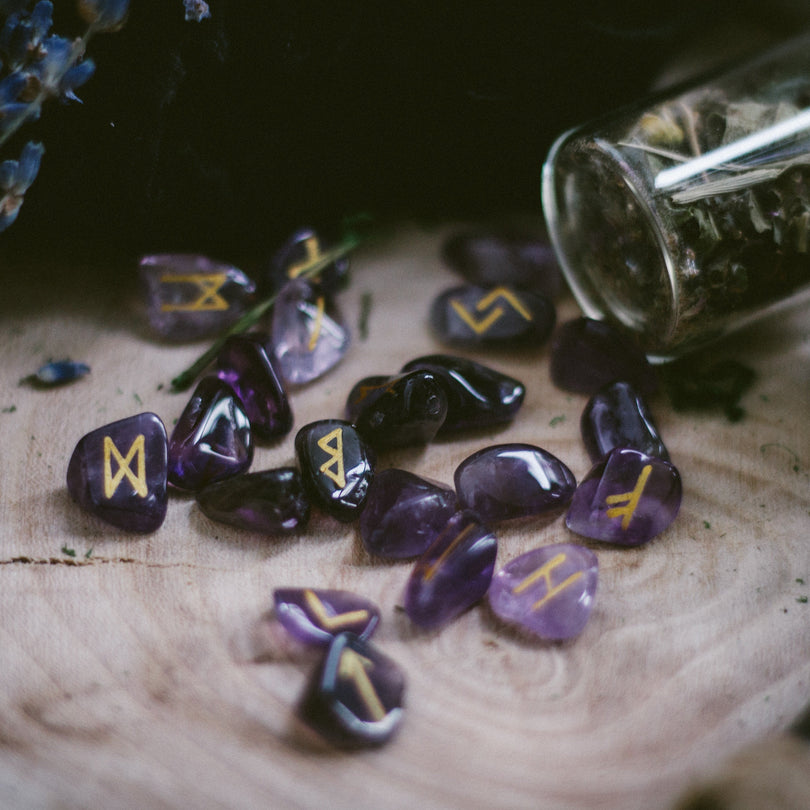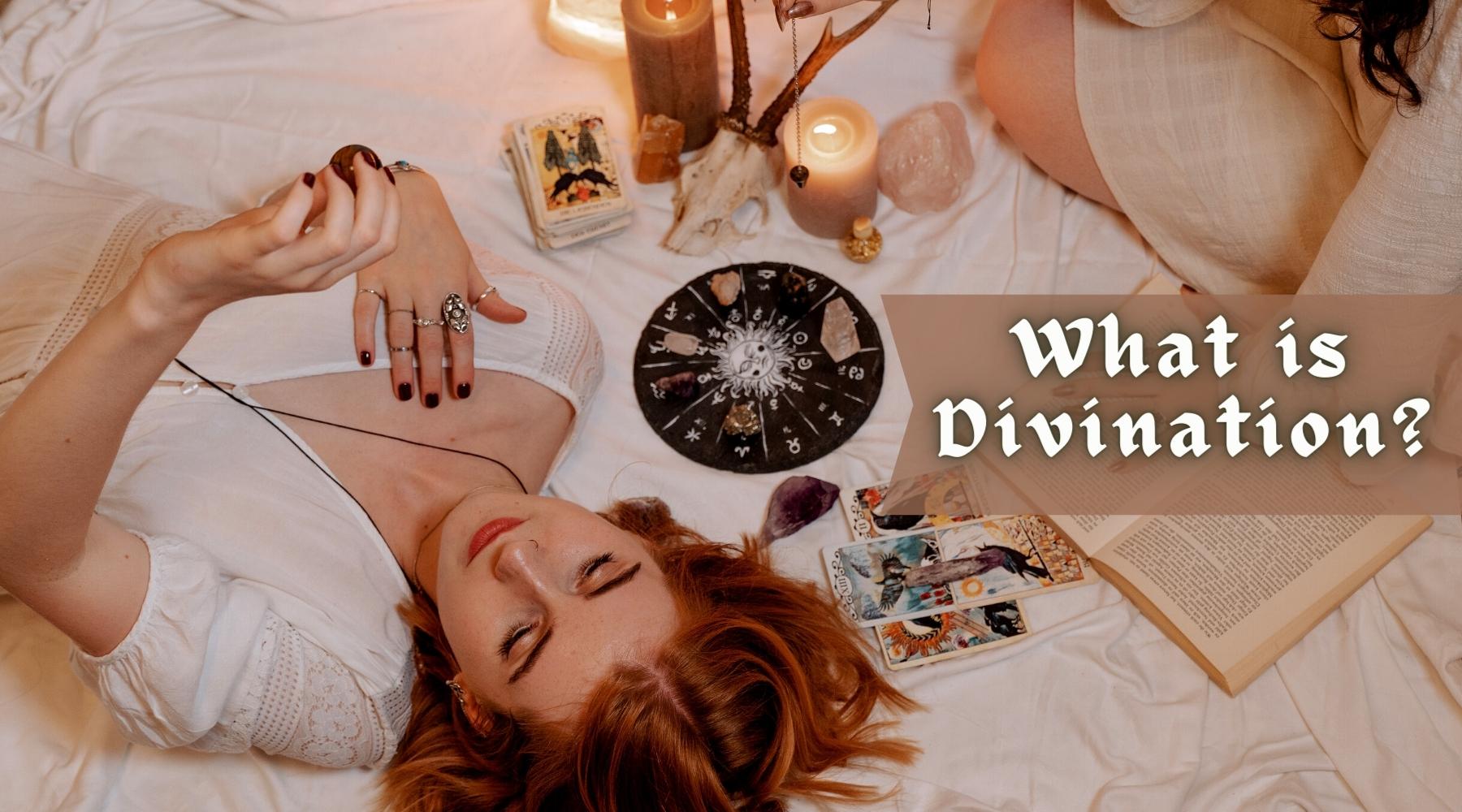Christmas is a Christian festival (the hint is in the name), so it is not a festival that you would expect to see celebrated by Pagan communities, old or new.
But Christmas is a Christian adaptation of the Winter Solstice, which, in the northern hemisphere, is the shortest day of the year and usually falls around 21 December. For communities that observe the wheel of the year and the changing of the seasons, this is an incredibly important day.
It was around this time that ancient Pagans no longer had food to feed their cattle, so they would slaughter them and have fresh meat for the solstice. This was also the time when the beer and wine brewed earlier in the year were finally fermented, so there were lots of good things to drink. If that is not a good enough reason for a holiday, the moment when the days start lengthening was also considered by many Pagan communities to represent the sun’s rebirth.
So, if you look at the festival calendars of the Pagan communities of the northern hemisphere, most of them have a major festival around the time of the Winter Solstice. The existence of these festivals is also why Christmas falls on December 25th.

The Invention of Christmas
Christmas was invented by the Roman Catholic Church in the 4th century. Before this, Easter was the main Christian holiday.
The Bible does not mention when Jesus of Nazareth was born, but it does seem unlikely that it was in December. Temperatures drop as low as 40 degrees Fahrenheit (5 degrees Celsius) in winter in the area surrounding Jerusalem and Galilee. Shepherds were unlikely to be tending their flocks, and the Romans probably would have conducted their census in warmer months.
But the Church decided to celebrate the birth of Jesus in December to coincide with the major Roman festival of the Saturnalia. This is a week-long festival that occurred between 17 and 24 December to celebrate the fertility god Saturn. For all the reasons already mentioned, it was a major festival period in the Roman world.
The 25th of December was chosen as the actual birthday of Jesus, rather than another day during the Saturnalia, such as the day of the solstice, because this was the festival day of the god Sol Invictus. His temple was inaugurated in Rome on 25 December 274 by the emperor Aurelianus. It was probably not inaugurated on the solstice because this was already a feast day for Dionysus, Hercules, Adonis, and Mithras.
Sol Invictus was the most important god in the Roman Empire before its conversion to Christianity, so it made sense for the Church to conflate Christ with this deity.
The Christmas festival absorbed many of the customs of the Saturnalia and was exported around the rest of Europe with Christianity.
As Christmas spread, it also adopted other Pagan traditions associated with the Winter Solstice. For example, when King Haakon I of Norway converted his country to Christianity in the 10th century, he changed the date of the traditional Norse Yule celebration to coincide with Christmas. Many Norse Yule traditions were incorporated into Christmas. Similar things happened wherever the Church took its new holidays.

Christmas Traditions with Pagan Roots
So, which of the many Christmas traditions that we practice today have Pagan roots? Let’s take a look at just a few examples.
Gift Exchange
It was traditional to exchange gifts as part of the Saturnalia, but it was very different from modern gift-giving. It was traditional for Romans to give one gift to another person (kind of like a Secret Santa), and the gift was almost always a statuette of a god that could be placed in the household shrine.
This may also have been the origin of the nativity scene. The Romans renovated their household shrines with new divine images, and today families create nativity scenes each year.
Christmas Trees
The Romans would decorate their homes with evergreen trees during Saturnalia as part of rituals to ensure the prosperity of farms and orchards in the following year. This was very likely the origin of the Christmas tree.
Deck the Halls
In the Norse world, the Vikings would gather in their temples and long halls for the Winter Solstice. They believed that at this dark time of year, the veil between the worlds was at its thinnest, and dark spirits could cross over. Staying inside and together was a form of protection.
The Vikings would bring animals to sacrifice. The blood of the animals would be drained, and the meat sent to be cooked for the festival. Meanwhile, the blood of the sacrificial victims was smeared on cult images and the temple walls as part of a ritual of protection. This may be the origin of the idea of decking the halls.
Yule Log
The Yule Log also has Viking roots. The Vikings would select an oak log that would be burnt on the fire throughout Yule. The fire offered protection, and letting the fire go out was a very bad omen.
The log was specially prepared and engraved with protective runes. A small piece of the log from the previous year was kept to be added to the Yule fire the following year.
Santa Claus
The idea of Santa Claus is a Germanic-Norse tradition. They believed that during Yule, Odin, the most important god, led a group of gods in the Wild Hunt. They would rampage through the world, removing everything dead and no longer useful, clearing the way for new growth. One of the reasons that the Vikings stayed indoors at Yule was not to be accidentally caught up in the Wild Hunt.
But while abroad, Odin might also choose to visit household, leaving behind presents and good fortune. In the Volsunga Saga, Odin gives Sigmund a magic sword that helps him complete his quests. In the Saga of Hrolf Kraki, the king refuses gifts of hospitality, armor, and weapons from an old, bearded man missing an eye. This turns out to be Odin, and Hrolf later dies for lack of the weapons that he needs.
Santa’s reindeer also seem to be inspired by Odin’s eight-legged steed Sleipnir, which could carry the god anywhere in the Norse cosmos.

Christmas and Modern Pagans
So, does being a Pagan today mean that you can’t celebrate the festive season with your loved ones? Not at all!
For those who honor the wheel of the year, the Winter Solstice is an incredibly important time. It represents rebirth and renewal. Like the new moon, it is a time to set new intentions that will grow with the years. Some Wiccans celebrate the solstice specifically as the day on which the sun god is reborn.
But the winter festival has always been a season rather than a single day in Pagan communities. It has always been a time for feasting, rejoicing, and spending time with family and friends.
This means that Pagans can embrace the festive season without embracing the Christian religious beliefs associated with Christmas. Gift-giving, hall decking, and eating far too much are all respectable Pagan traditions.
You might find the perfect Pagan gift in our store.











